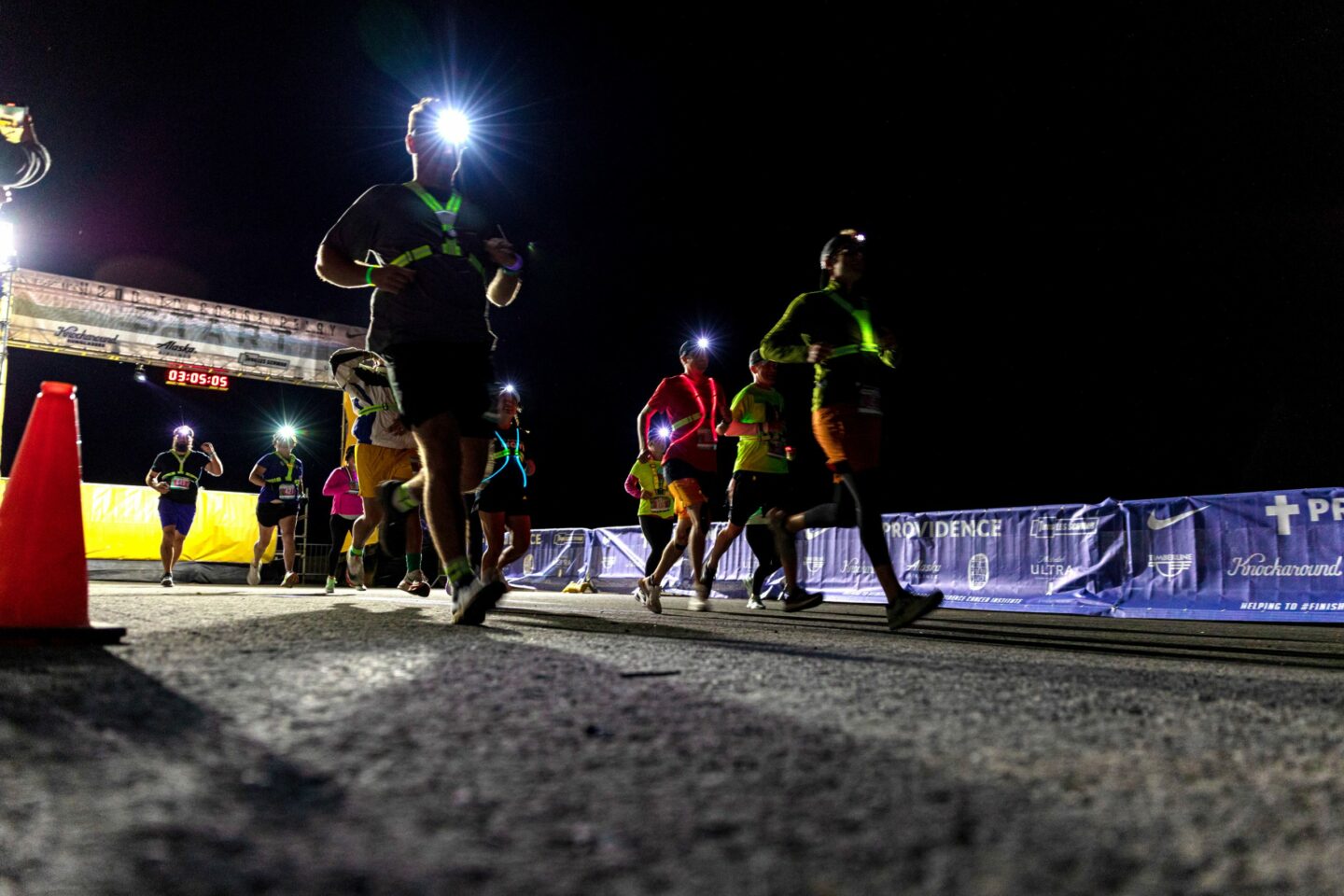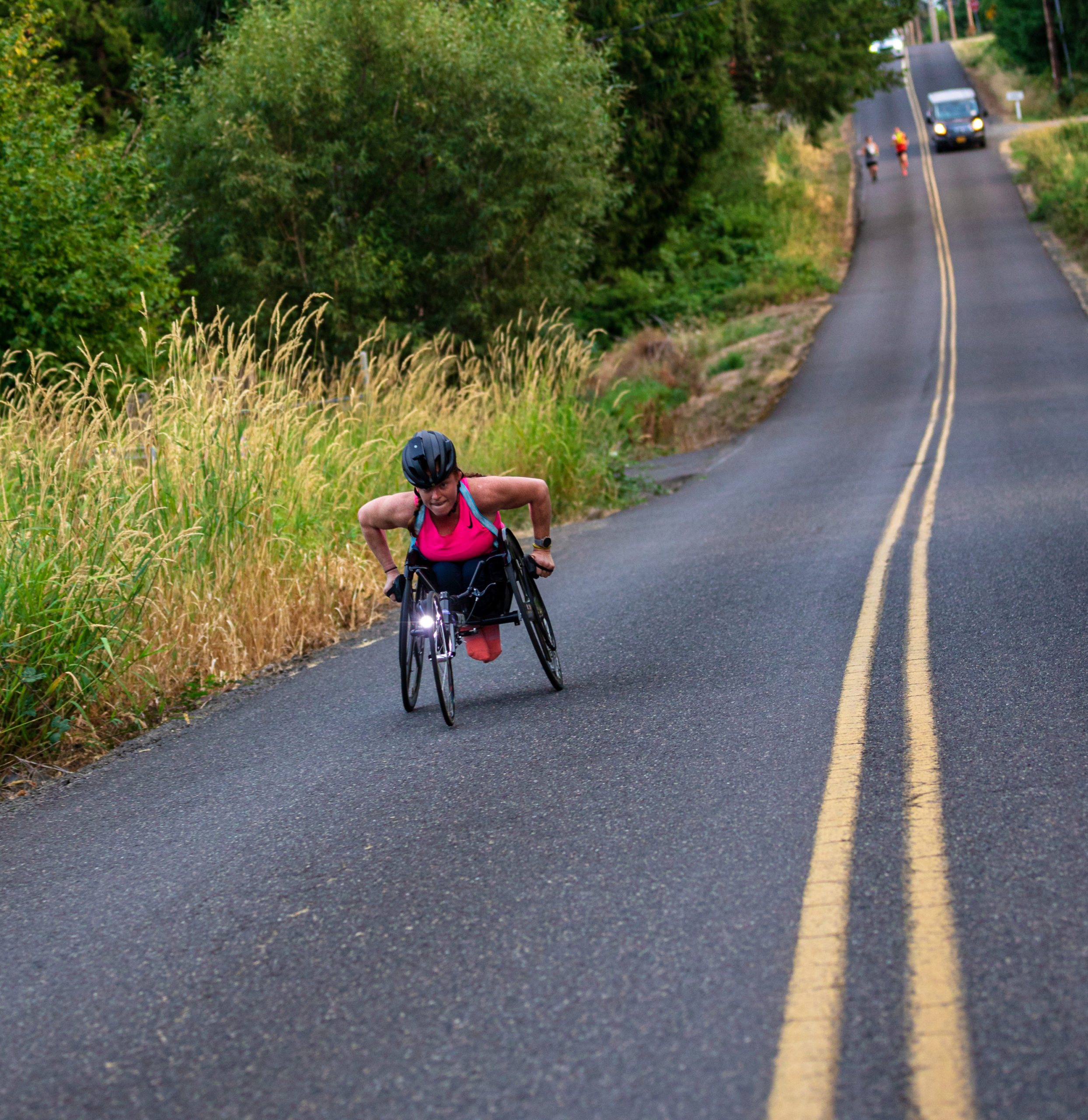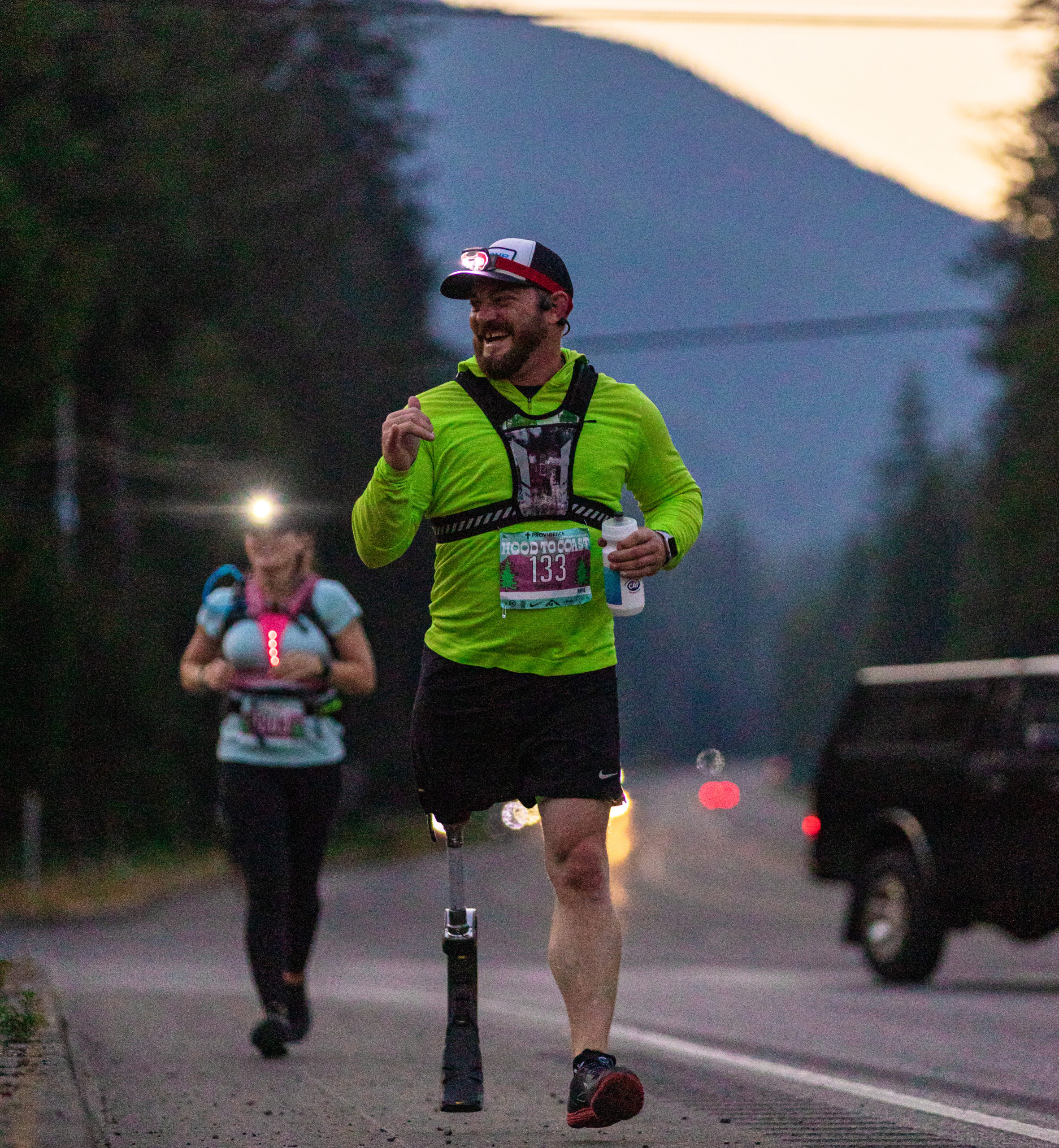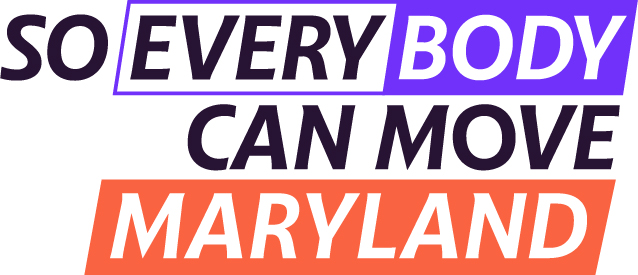
So Marylanders Can Move
We believe movement is medicine and physical activity is a right, not a privilege. But today, thousands of Marylanders living with limb loss, limb difference, and mobility impairment are unable to afford and access life-changing orthotic and prosthetic (O&P) care that helps them be physically active due to inadequate insurance coverage, “not medically necessary” denials, and high out-of-pocket costs. Our legislation is working to change that.
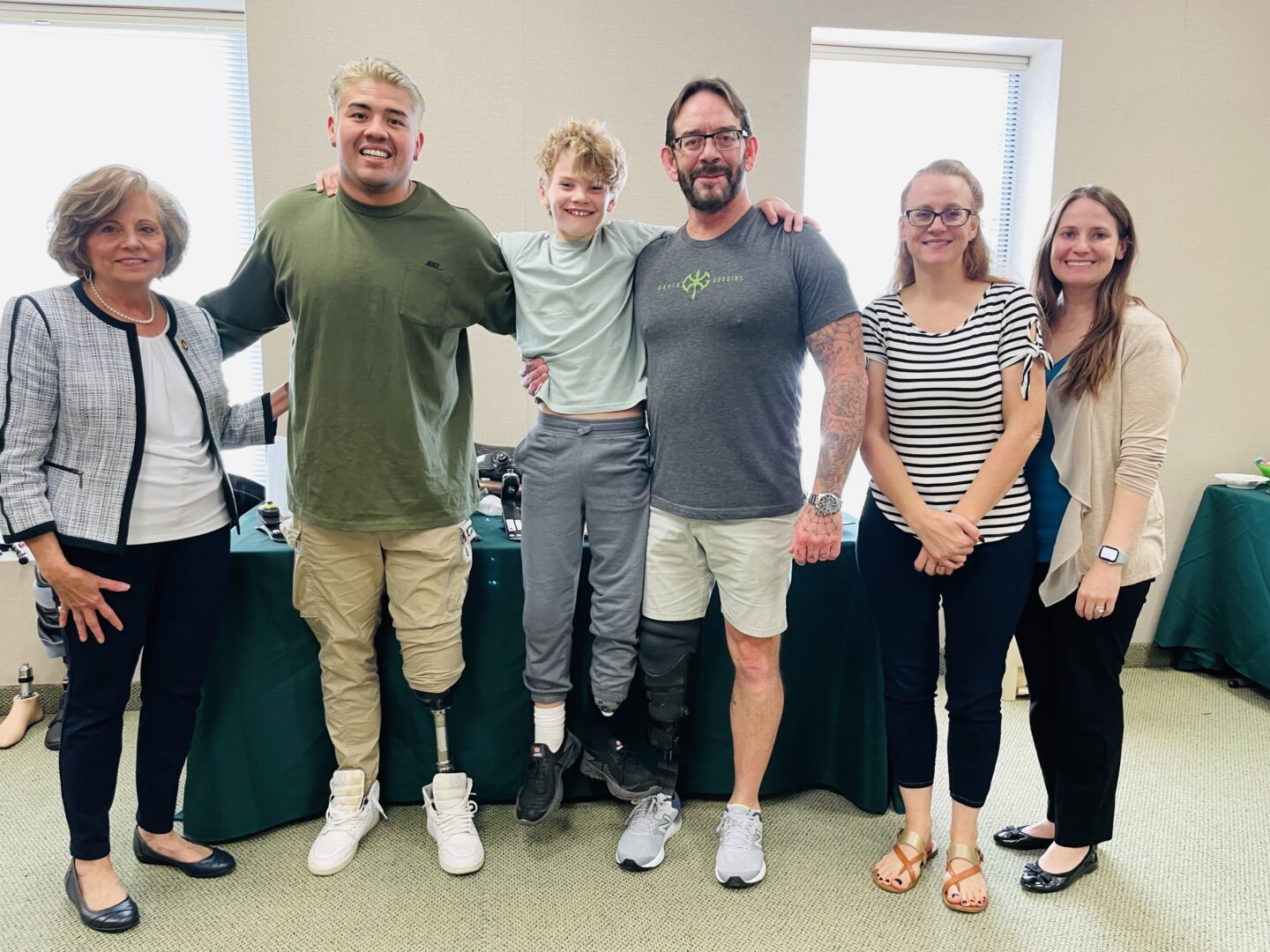

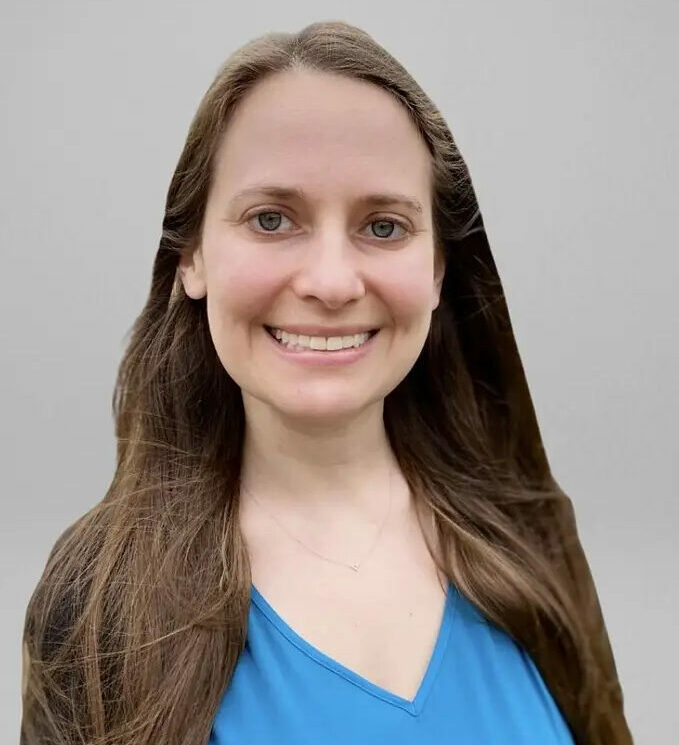

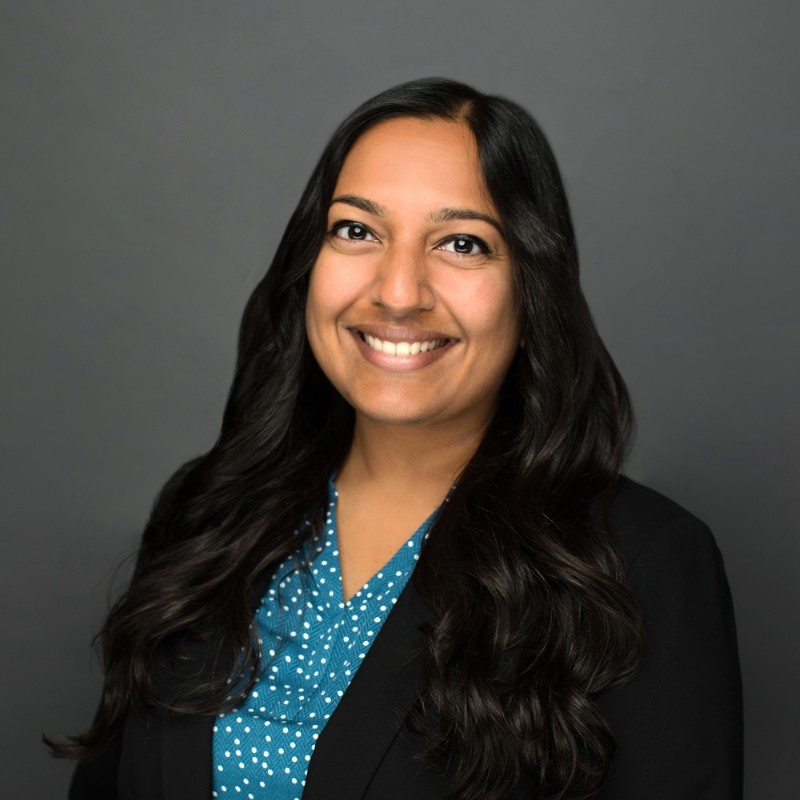
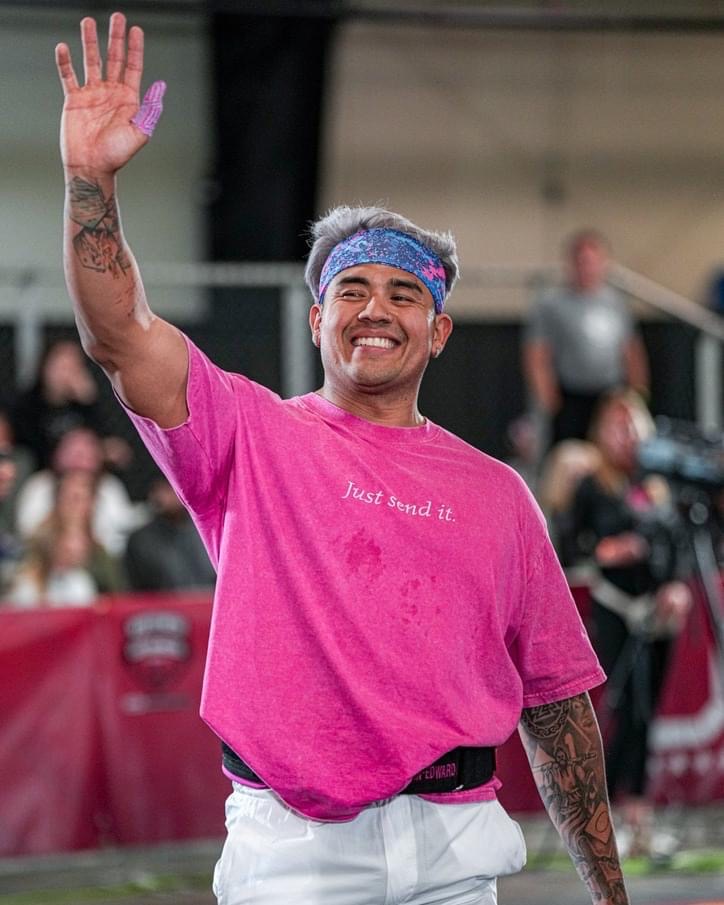



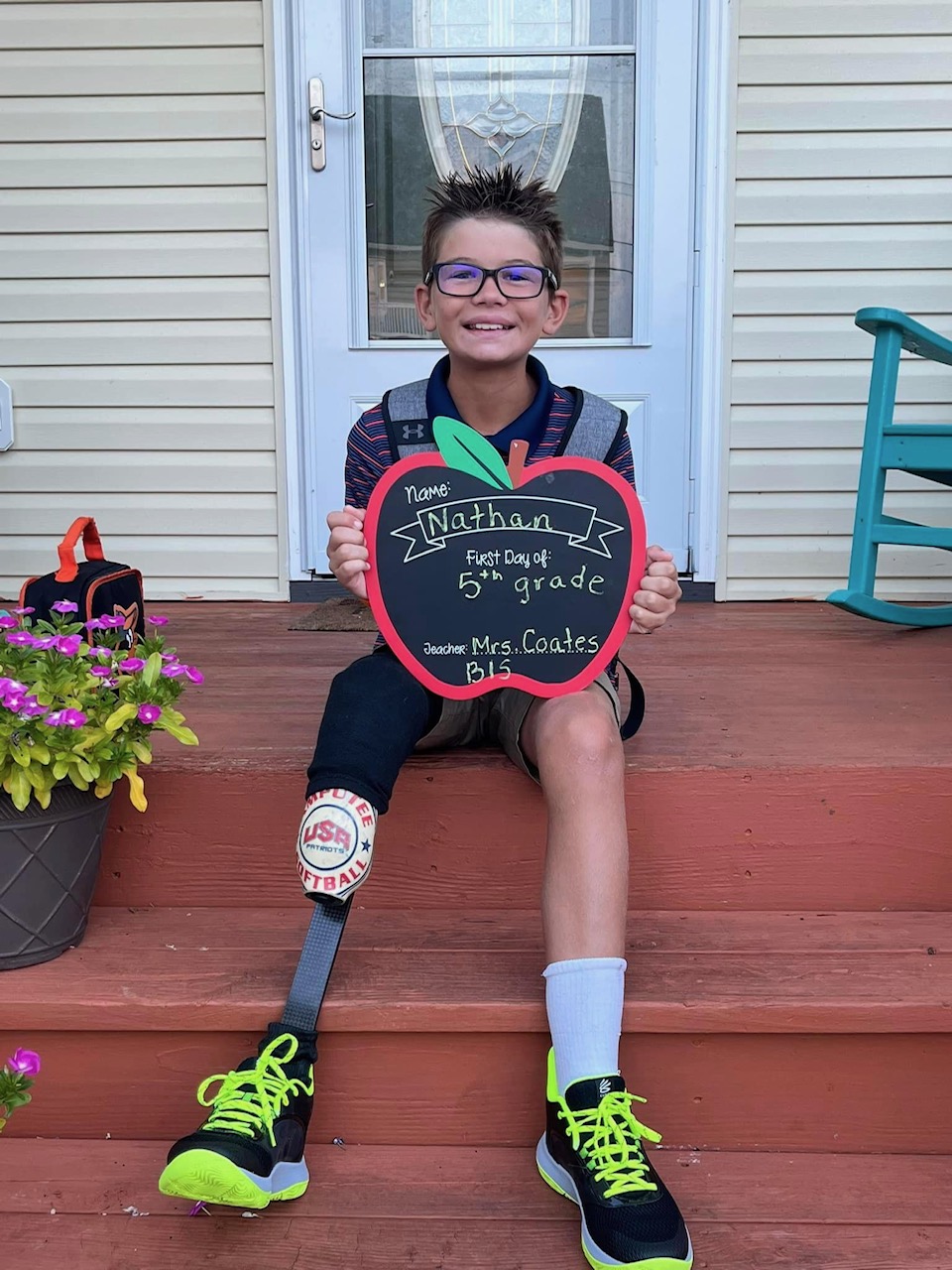
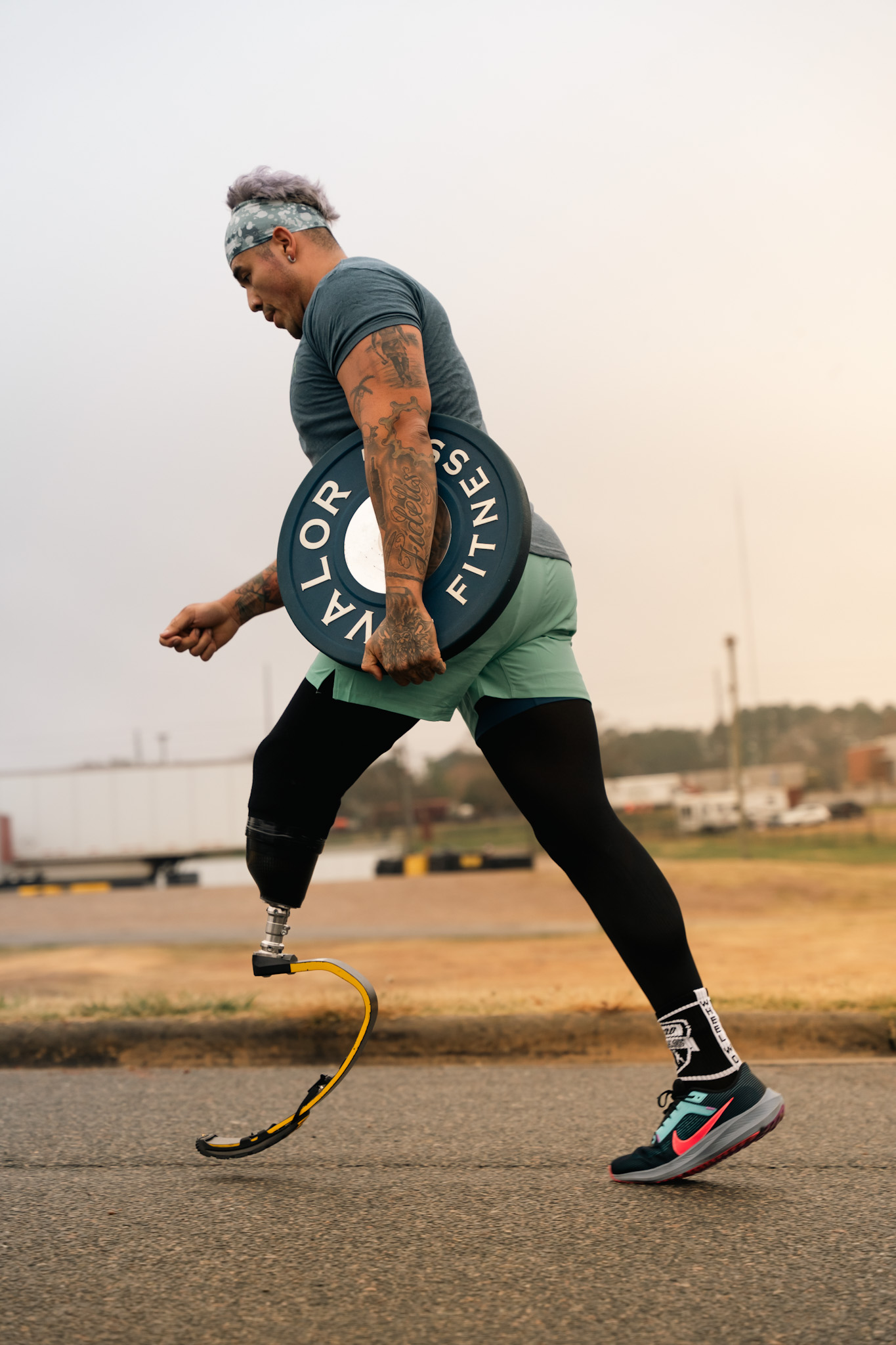
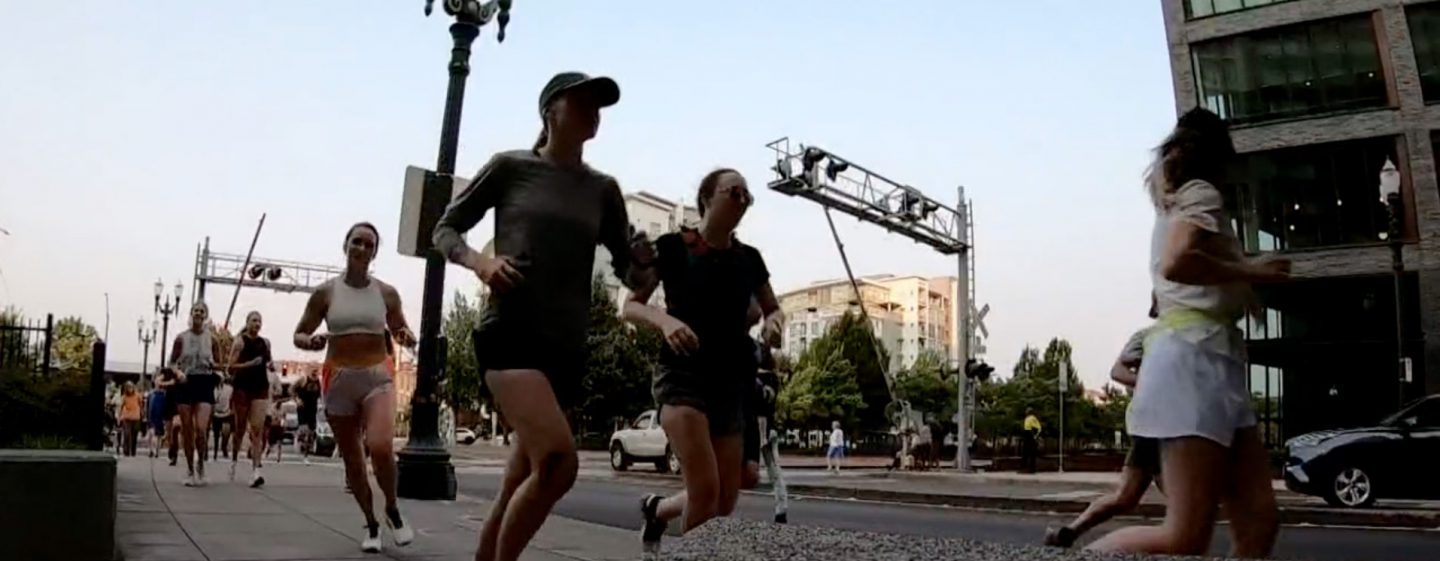
 Scroll to view full list
Scroll to view full list
